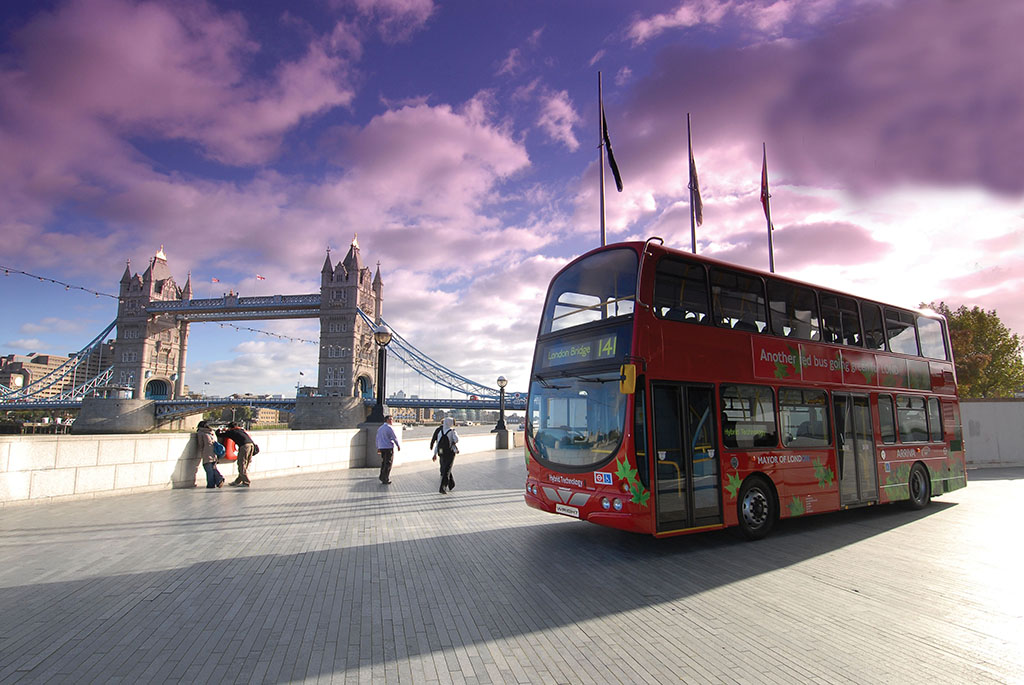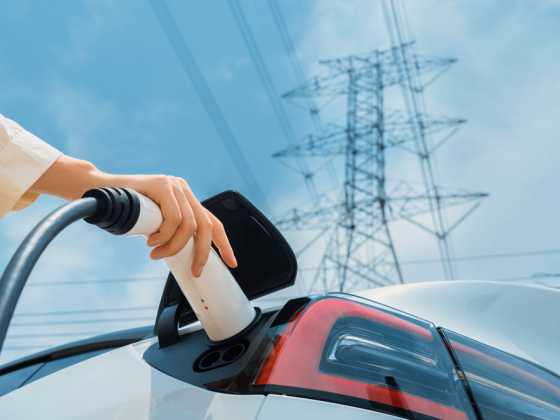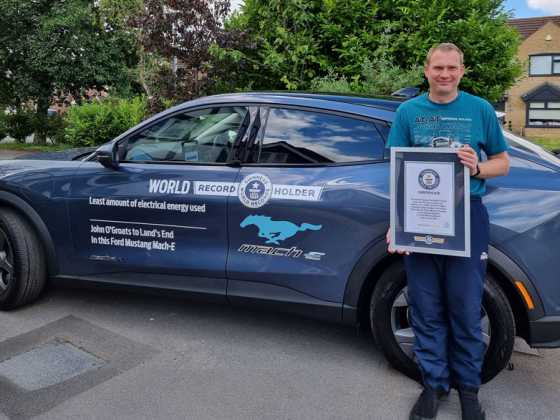Cleaning up passenger transport

Coach and bus fleets need to seriously consider updating their vehicles to Euro 6 standard as widespread low emission zones are predicted for the future.
The Society of Motor Manufacturers and Traders (SMMT) recently held their annual media briefing to discuss the future of the bus and coach sector, and a popular topic amongst panelist was the urgency for fleets to be updated.
Five panelists who work within the low-emission and bus and coach sector spoke about the challenges surrounding updating fleets and gave their thoughts on what the future will be like for low emission fleets.
The panel welcomed the likes of: the UK country manager for the electric vehicle manufacturer BYD Frank Thorpe; Robert Drewery, the commercial director for bus and coach manufacturer Optare; and Nigel Base, commercial vehicle development manager at SMMT, amongst others.
Inevitable restriction zones
According to the LowCVP report - Any Journey is Greener By Bus - there will be 12 Low Emission Bus Zones rolled out in inner London to support the introduction of an Ultra Low Emission Zone (ULEZ) due to be rolled out from 8 April 2019.
The ULEZ will mean that double-decker buses operating in the Congestion Charge Zone will need to be hybrid-electric vehicles, and all single-deckers will have to be fully-electric or a hydrogen model.
The mayor of London, Sadiq Khan, has since brought the scheduled restriction zone forward by a year and it will see all buses and heavy goods vehicles (HGVs) face a charge of £100 to drive within central London.
As a result of this, fleets will need to reconsider their type of vehicle in order to avoid being charged for operating in selected areas.
Speaking on the panel, Kathye Vincente, marketing manager for Eminox, manufacturer of exhaust after treatment systems for HGVs, stated that there is going to be other clean air zones introduced by 2020, meaning that vehicles “need low emission solutions”.
She continued: “The introduction of clean air zones means there is a need for more operators to get their fleet to Euro VI standard, whether that be through new vehicles or changing old ones.”
Vincente was not the only person on the panel with this view, as BYD country manager Frank Thorpe added that the future will see a “layer of regulations that are going to dictate vehicles such as low emission zones,” therefore making the need to lower emissions for fleets much more demanding.
Khan’s plans do not stop there as he is now proposing to expand the ULEZ across Greater London for heavy diesel vehicles, which includes buses, coaches and lorries, in 2020.
This therefore restricts bus and coach fleets further, and increases the pressure for vehicles to be changed to meet the requirements of the zone.
As of September 2016, Khan also revealed two of the first all-electric bus routes for central London as part of plans to eliminate NOx and CO2 emissions.
The first Low Emission Bus Zone was launched in March in order to introduce cleaner buses to one of London’s most air polluted streets.
Putney High Street, which runs a total of 145 buses on seven scheduled routes, is now only accessible to cleaner buses which complies with the regulations.
Another 11 are set to follow, with the Brixton route set to start this year, making the demand for electric bus fleets much more urgent.
Costs
The costs involved in updating fleets to Euro 6 standard was another hot topic amongst panelists at the SMMT Media Briefing.
For example, Robert Drewery, commercial director for Optare, a bus and coach manufacturer, stated that although electric vehicles are a “long-term solution” to cutting down on harmful emissions, “the downside is the costs associated”.
He went on to say that diesels have been invested in for around 150 years and adopting Euro 6 standards would mean that diesel tanks and filling stations would need replacing, which is “expensive”.
Drewery continued: “It will come down to willingness to invest. In terms of bus fleets, someone ultimately has to find the money, which could come from charging passengers, but this is also a route that many don’t wish to go down.”
However, Giles Fearnley, managing director for First Bus, stated that funding schemes from the government are useful in terms of “getting things moving” and can allow bus operators to purchase electric vehicles.
Government schemes have been devised as a result of carbon reduction and air quality targets, and in 2015 the Office for Low Emission Vehicles (OLEV) announced £30 million of new funding in order to encourage the uptake of Low Emission Buses (LEBs) and infrastructure in order to improve air quality.
The funds for the 2016 to 2017 low emission bus scheme were made available to 13 successful winners of which included Transport for London, Milton Keynes Borough Council and Birmingham City Council.
It saw Transport for London receive a total of £5 million to fund 34 electric buses and infrastructure.
BYD’s Frank Thorpe, however, has argued that there needs to be more government support in order to allow for changes in line with Euro 6.
He stated that coach and bus fleets are not motivated to transition into electric technology because the “investment is so large”.
He went on to say that companies may not want to shed out on millions of pounds to adapt its fleet because it can take up to 10 years to get the money back.
The future of electric vehicle technology
Batteries needed for electric vehicle technology could see a slight change in how they are distributed to consumers, according to BYD’s Frank Thorpe.
He went on to say that a replacement battery for an electric vehicle costs about £20,000, and so we could see fleets buying Kilowatt hours and buying the amount of mileage they need instead of a battery.
It was also commented on that the batteries which bus operators use, could in fact be useful to the wider community as a way of storing energy.
Thorpe said: “Batteries have a tangible use for bus operators once, but after this they can still have a use and value to the wider community, and I can see that developing.”
It is apparent that the future for bus and coach fleets will be with electric technology, as it is a long-term solution to high air pollution levels and the upcoming restriction due to be put into place in the near future.
In addition to this, it is clear that panelists feel that electric vehicle technology is becoming more of a norm within society, keeping in mind challenges such as range anxiety and costs.
For example, Thorpe believes that “the view on electric vehicles is changing, as people start to see the implications between public health and pollution”.
Kathye for Eminox also stressed the importance for fleets to update, as well as a need to be more willing to invest into alternatively fuelled vehicles.
She said: “New technology, such as electric vehicles, is moving forward with industry challenges.
“The industry is changing from Euro 5 to Euro 6, with new technology, and this is just a snapshot of where we are at the moment.
“We have to decide as a company to invest in public transport because there is currently no enthusiasm for funding, and these key things need to be addressed.”
Overall, discussions from the SMMT day made apparent that the future is going to lie with electric technology for bus and coach fleets, as restriction zones are soon implemented across major routes.
The need for vehicles to update to meet the relevant air quality requirements is much more demanding. In addition to this, the need for further assistance from the government to help fund the updating of fleets was brought to attention a number of times.
Those working within the vehicle sector believe that the future will be heading into a more electric-focused future, which could see battery distribution change, and a further understanding from the public as to why electric vehicles are a more environmental friendly mode of transport.






